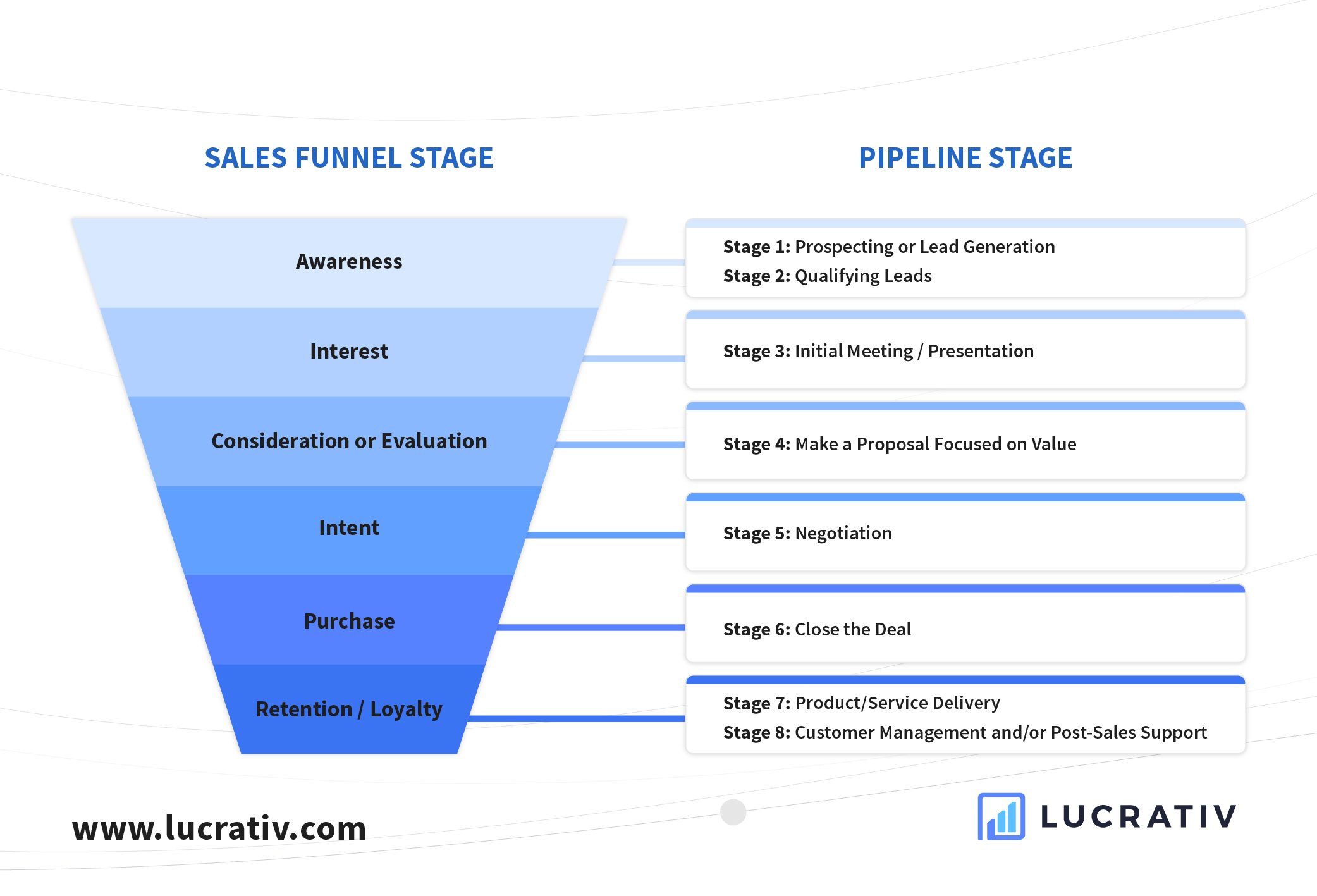
More than ever, it makes most sense to implement sales enablement within your organization.
Just look at these stats:
- Having a sales enablement charter is linked to a 27.6% increase in quota attainment (CSO Insights).
- Over 75% of companies using sales enablement tools indicated that sales increased over the past 12 months (HighSpot).
Convinced? Start building your sales enablement team and employ these best practices.
8 Best Sales Enablement Practices for Your Team
1. Align and set the rules
Two heads are better than one, yes, but these two must be fully aligned and working as one. Sales enablement works best when Sales and Marketing are strategically aligned. Companies with sales and marketing alignment are 67% better at closing deals and drive 209% more revenue. And 58% of aligned teams say sales and marketing alignment improves customer retention. There are proven ways to align Sales and Marketing, and once this is accomplished, systems, processes, and goals must be formalized in a charter. The charter sets clear, tangible deliverables and expectations—and yields better success.
Part of aligning is also getting to know your team members, particularly your sales reps. What are their challenges? What do they do best? What do they need? Get them involved in the creation of the charter. They are, after all, front and center when dealing with customers.
2. Focus on the customerDevelop a buyer-centric culture within the organization. Create a mindset that focuses on the customer so that everything—language, behaviors, attitudes—is oriented toward “working/doing for the customer.”
Align all your processes, tools, and services with the customer’s journey so you can get better engagement, which is crucial in conversion.
3. Create content for every stage of the buyer’s journey
Creating content for every stage of the buyer’s journey helps convert buyers. The idea is for the content to educate prospects, answer all their questions, assuage doubts, tame objections, and, ultimately, move the prospects further down the funnel.
It’s important that you understand your prospects and that you know what kind of content they may need at each stage.
These are the main stages of the buyer’s journey:

You can leverage each stage by providing these kinds of content:
Awareness: Prospect has a need and is researching for options for solutions. He’s been then made aware of your brand.
- Blog posts
- Social media posts
- Ebooks
- White papers
- Infographics
- Newsletter
- Research and analysis reports
Interest / Consideration or Evaluation: A prospect has really shown interest and is considering you, but he is also considering others. He is evaluating everything.
- Webinar / Events
- Podcast
- Microsite
- Videos
- Guides
Intent: Your prospect has expressed intent to engage you and your company for your product/service, but there are still some factors that need to be ironed out. He is about to make a decision.
- Case studies
- Testimonials
- Reviews
- Product demos
- Product comparisons
Purchase / Retention or Loyalty: Prospect has been converted into an actual customer. But you don’t stop there. The next goal is to keep him as a customer and earn his loyalty.
- User guides
- How-to videos
- Promotions
- Rewards and loyalty programs
It would also be wise to get input from both Sales and Marketing regarding content.

4. Make content and tools accessible
Make sure that all your sales enablement tools and content are easily accessible and easy to use (for presentation or for when reps may need to customize for a prospect, for example). They will be rendered useless if your reps cannot use them when they need them.
Track their usefulness too: make sure tools and content are regularly updated so they don’t lose their relevance.
5. Leverage technologyCapitalize on all the new technology available today because they do help boost productivity, efficiency, and collaboration. With the right technology you can:
- Collaborate more easily. Team members can use the same platform to access all the content, data, tools, and collateral they need.
- Make communications more efficient. Exchange emails and messages, make phone calls, set up meetings using the same channel.
- Augment customer service. Live chats and chat bots, for example, are popular right now because they add 24/7 interactivity to a brand’s website.
6. Provide ongoing coaching and training
It is vital to an organization’s growth that every team member has a growth mindset. Management needs to develop that by investing in constant coaching and training. Continuously evaluate performance, systems, and processes and find ways to improve them to keep your team in top shape.
- Provide regular constructive feedback. What’s a constructive feedback? It outlines not just their weaknesses but their strengths too, the areas they need to improve on, and what they’re doing well. Constructive feedback is also SMART.
- Set regular trainings. Take the initiative to set in-house trainings (led by management or other speakers). Send members to conferences; enroll them in webinars.
- Encourage members to invest 10-15 minutes of their time each day to learn something new.
- Use every moment as an opportunity to mentor. For example, you can sit in on a sales rep’s call to provide on-the-spot coaching.
- Hold brainstorming sessions. This is not only good for alignment; it will also encourage the introduction of new ideas and foster collaboration and innovation.
7. Embrace necessary changes
You also need to constantly evaluate your selling techniques and strategies. You should also be open to adapting to changes and adopting new selling techniques if necessary. Talk to your reps to get feedback: find out what works and what doesn’t. Be proactive in initiating development and introduce changes when necessary.
8. Celebrate and share wins
Celebrate wins and reward great results. Give credit where credit is due. Recognize any win from your end, no matter how big or small. This helps create a winning culture because it empowers the successful rep. It likewise inspires and motivates all the others and gives them a sense of pride and job satisfaction. Celebrating wins also fosters positivity and gratitude.
Photos by rawpixel.com from Pexels





